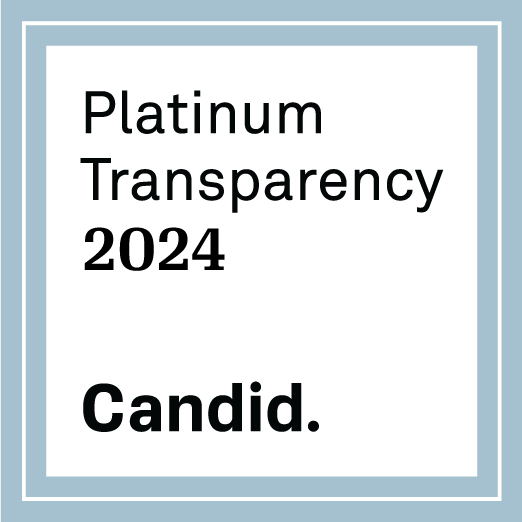Non-Chemo Drugs for Acute Promyelocytic Leukemia (APL)
The main medicines used to treat acute promyelocytic leukemia (APL) are different from those used to treat other types of acute myeloid leukemia (AML).
Chemotherapy (chemo) is the main treatment for most types of acute myeloid leukemia (AML). But acute promyelocytic leukemia (APL) is different from other subtypes of AML in some important ways.
In APL, the leukemia cells (abnormal promyelocytes) can’t mature into normal white blood cells, but they can grow and divide very quickly. These cells contain proteins that when released into the bloodstream can cause out-of-control blood clotting. This can lead to problems not only with blood clots, but also with severe bleeding. In the past, when standard chemo drugs were used alone to kill APL cells, these proteins were released into the bloodstream, and some people died from clotting or bleeding complications.
The leukemia cells in APL have a specific gene change (mutation) that makes them sensitive to certain drugs that aren’t like standard chemo drugs. These drugs help the APL cells mature into normal white blood cells. This process is known as differentiation, and these drugs are called differentiation agents. Since the APL cells don’t die, they don’t release the harmful proteins into the blood, which helps control the clotting process. But these drugs can also have side effects of their own.
These two drugs can be used to treat APL:
- All-trans-retinoic acid (ATRA, tretinoin, or Vesanoid)
- Arsenic trioxide (ATO, Trisenox)
For more on how these drugs are used for APL, see Treatment of Acute Promyelocytic Leukemia (APL).
All trans-retinoic acid (ATRA)
ATRA is a medicine related to vitamin A. It is typically part of the initial (induction) treatment of APL, either along with chemo, or along with arsenic trioxide (see below). It is also often used for some time after as part of the consolidation phase of treatment to help keep the leukemia from coming back. For this phase of treatment, it may be used with chemo or with arsenic trioxide (or possibly with both). For longer-term maintenance, ATRA might be used by itself or with chemo.
Side effects of all trans-retinoic acid (ATRA)
ATRA can have side effects like those you might have if you take too much vitamin A. Side effects can include:
- Headache
- Fever
- Dry skin and mouth
- Chapped lips
- Skin rash
- Swollen feet
- sores in the mouth or throat
- itching
- irritated eyes
- Elevated blood lipid levels (like cholesterol and triglycerides)
- Abnormal liver blood test results
These side effects often go away when the drug is stopped.
This drug can also can differentiation syndrome in some people (see below).
Arsenic trioxide (ATO)
Arsenic trioxide (ATO) can act similarly to ATRA in people with APL. It can be given with ATRA in the induction and consolidation phases of treatment, but it is also helpful in treating people whose APL comes back after treatment with ATRA plus chemo. In these people, ATO might be given along with ATRA and/or the targeted drug gemtuzumab ozogamicin (Mylotarg).
ATO is given into a vein (IV).
Side effects of arsenic trioxide (ATO)
Side effects of ATO can include:
- Fatigue (tiredness)
- Nausea and vomiting
- Diarrhea
- Abdominal (belly) pain
- Nerve damage (called neuropathy) leading to numbness and tingling in the hands and feet
ATO can also cause problems with heart rhythm, which can be serious. Your doctor may check your heart rhythm with an EKG often (even daily) while you are getting this drug.
Differentiation syndrome
The most important side effect of either of these drugs is known as differentiation syndrome (previously called retinoic acid syndrome). This occurs when the leukemia cells release certain chemicals into the blood. It is most often seen during the first couple of weeks of treatment, and in people with a high white blood cell count.
Symptoms of differentiation syndrome can include:
- Fever
- Breathing problems due to fluid buildup in the lungs and around the heart
- Low blood pressure
- Kidney damage
- Severe fluid buildup elsewhere in the body
While differentiation syndrome can be serious, it can often be treated by stopping the drugs for a while and giving a steroid such as dexamethasone.
- Written by
- References

Developed by the American Cancer Society medical and editorial content team with medical review and contribution by the American Society of Clinical Oncology (ASCO).
Appelbaum FR. Chapter 95: Acute leukemias in adults. In: Niederhuber JE, Armitage JO, Doroshow JH, Kastan MB, Tepper JE, eds. Abeloff’s Clinical Oncology. 6th ed. Philadelphia, Pa. Elsevier: 2020.
Larson RA. Initial treatment of acute promyelocytic leukemia in adults. UpToDate. 2024. Accessed at https://www.uptodate.com/contents/initial-treatment-of-acute-promyelocytic-leukemia-in-adults on December 3, 2024.
Larson RA. Treatment of relapsed or refractory acute promyelocytic leukemia in adults. UpToDate. 2024. Accessed at https://www.uptodate.com/contents/treatment-of-relapsed-or-refractory-acute-promyelocytic-leukemia-in-adults on December 3, 2024.
National Cancer Institute. Acute Myeloid Leukemia Treatment (PDQ)–Health Professional Version. 2024. Accessed at https://www.cancer.gov/types/leukemia/hp/adult-aml-treatment-pdq on December 3, 2024.
National Comprehensive Cancer Network. NCCN Practice Guidelines in Oncology (NCCN Guidelines): Acute Myeloid Leukemia. V.3.2024. Accessed at https://www.nccn.org on December 3, 2024.
Last Revised: March 4, 2025
American Cancer Society medical information is copyrighted material. For reprint requests, please see our Content Usage Policy.
American Cancer Society Emails
Sign up to stay up-to-date with news, valuable information, and ways to get involved with the American Cancer Society.


